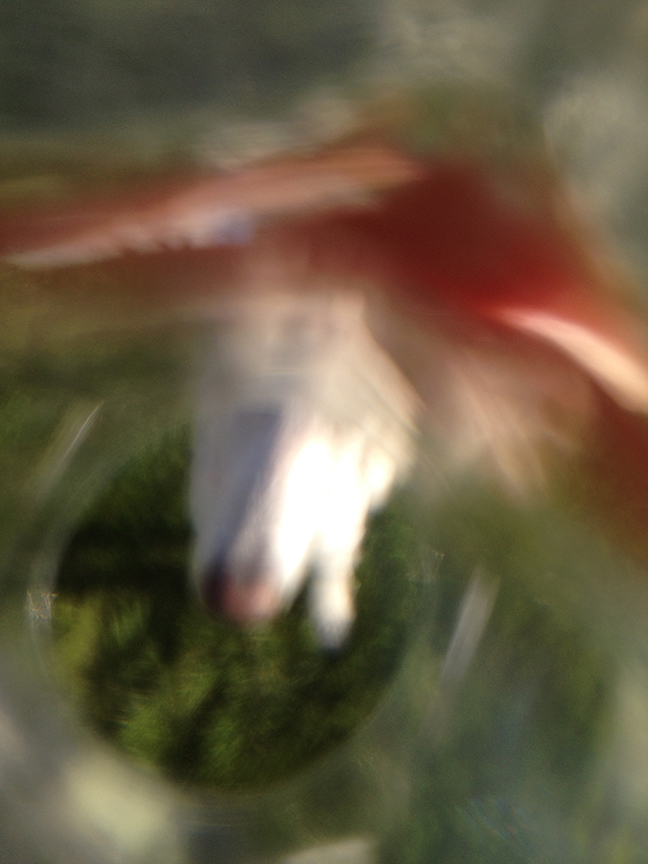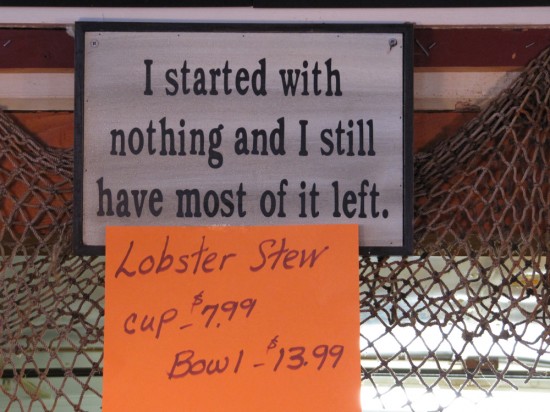Here’s a Version of How it Went, in order of appearance:
Nancy Skolos: Encyclopedia of design knowledge, A to Z. Many pretty pictures of many amazing designed things. And how can we know as much as we need to know? Ben Van Dyck: The big questions. Which door to choose from. Also: does design thinking and making include adventurous forms of making and thinking? Aside # 1 (I think we should do something with that hallway upstairs and all those doors.) Lucinda Hitchcock (see essay after this Digestif): Defining Design-less a few different ways; Letters/words/spaces: “reading” a place actually and figuratively. Dimensional typography, and memorial design that isn’t monolithic or conventional. Teaching narrative thinking. Szu Han and Jesse Vogler: Surveying the land, measuring the (im)measurable. How the traverse meets the story. Szu Han lying on the ground on her belly observing closely. Finding the lay of the land literally and figuratively. Laurie Churchman: Better now? Better now? And is DIY a thing to contend with? Or not? Do we care about logos? Or who makes them or how much they cost? Aside # 2 (you can’t see from above if you have no wings). Denise Gonzales Crisp: Gorgeous wire Letterform jigs. And jags. And a SCREAM box! (a clip of the amazing Kelly Dobson video) and flamboyance, decoration, pretty things that work. Make a simple tool. (so I did: a measuring device that makes poetry). Julia Child: peg boards. Tools that delight. Peter Hall: A beautifully eloquent talk on design history, the designed object as a cultural signifier. “Why do we talk about the vase but not about the flowers.” The cars but not the roads. The THEY. Melle Hammer: Potatoes and curating. Rearrange the items on the table. Discuss. Rearrange again. And again. aside # 3 (my daughter, age five: “Mom, if there were no corners, things would go on and on.) aside # 4 (Dutch poet Bert Schierbeek’s version of the Paul Valéry quote: even a pound of feathers cannot fly without a bird. Thanks Melle.) Brook Chornyak: Re-purposing. A nice blend with Denise’s workshop request. My poetry yardstick was a tool from repurposed materials. Sunniya Saleem Hamid: Too many kinds of soap to choose from, too many designs for useless things. Re-use and refuse. Jenny Tsai: Exploratorium: How can people be encouraged to participate in online forums such as flickr? Is it a viable locus for research and reaction? Esp for non-profit and cultural institutions? We download and consume rather than upload. aside # 4 (where is this all going. Wondering about the threads that tie things together. Moderation might help make discussion more fruitful.) Jessica Fleischmann: Weeds. A lovely and astute metaphor for our inquiry: Designing as editing, selecting, transplanting, identifying, researching, controlling, arranging. Gate crashers lurking in the mulch. The uninvited. And the behavior of weeds: a parallel to the way people behave in groups (or when living intimately on a small island plucked from their natural environments). aside # 5 (when is a metaphor useful?) Anita Cooney and Gabrielle Esperdy: l.e.a.n. meets John Deer museum. An articulate discussion (or two) about buildings, spaces, greed, construction and design, and road tripping. My notes get fuzzy here. I was paying close attention but not writing down. I remember thinking how much I wish architects and graphic designers and those of us in-between folks who are interested or involved in environmental graphic design could use more opportunities like D.I. to have useful and authentic exchanges around ideas and processes and knowledge about our respective interests and methods. Steve Bowden A most refreshing and necessary directive: Make an object which leaves a mark, preferably a letter form. Many people enjoyed this workshop and many of the memorable results found their way to the low tide gallery. Nancy Skolos’s typeface rendered from a complex system that repurposed an empty toilet paper role is worth a mention here. David Shields A remarkable tale about the remarkable Rob Roy Kelly type collection. Such beautiful wooden letter forms. And such an enviously organized mind (David’s) organizing the system, uncovering the research and history, and making these types accessible to the public. Thank you David! Mark Jamra: A funny, acerbic, and genuinely impressive explanation of how a font really gets made, massaged, programmed, and attended to with the utmost detail, respect, knowledge and skill. Melle Hammer Designing with what you have, with your brain on fire. Designing in a way that is subversive and smart and principled. Designing an arabic font with tagliatelli. Help from Sunniya on how the various diacritical marks and variations from letter to letter affect meaning and pronunciation. Emily Luce A fascinating talk about her work on the disappearing Nuu Chah Nulth language. This is so good I have to quote it: “the experience of deprecating the design process, of holding back on my area of contribution, of listening, and being forced to participate in the big picture, of sticking with it, has unequivocally made me a better designer. It has clarified how design is important, and how it is not.”
Nici von Alvensleben Many beautiful books and the beginning of a timely and important discussion about the value of the “design competition” and the role of judges in such competitions. When does less become more or more become less. How do we work in this climate when the need to simplify is so evident. Thanks for bringing so many books with you. And for such a lovely and articulate presentation. Charles Melcher and Margo Halverson Client case studies: the perfect client, the nightmare client, the unusual client. I loved these stories and it was good to be reminded of how much the design process is about our relationships with others. Scott Townsend Fascinating work involving international clients, complex amount of information presented in dimensional and installationist environments. Loved the work. Wish we had more time to talk about this challenging and compelling area of design. I am still wondering where “designlessness” comes in to play. Lucille Tenazas The back of the needlepoint as a starting point for the visual and contextual narrative. The story of migration, family, place, change and stability, and the flux of time and place. Lucille: beautiful, poised, elegant, talking about the beauty of the unseen side. And of course, my paella partner! And closing remarks by Satoru Nihei: The sun came out (it was a misty soggy week) as we prepare to say goodbye. Satoru had a goodbye to express. It mattered to him and it worked for us.
L. Hitchcock, Design Inquiry, 2009
__________



